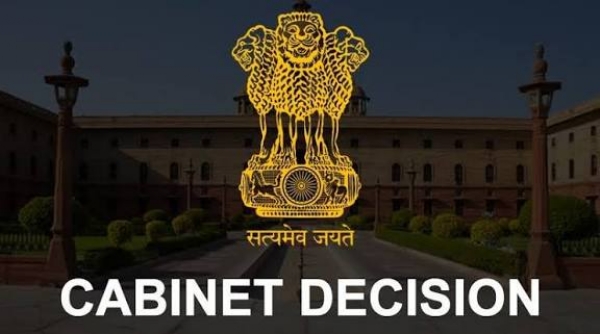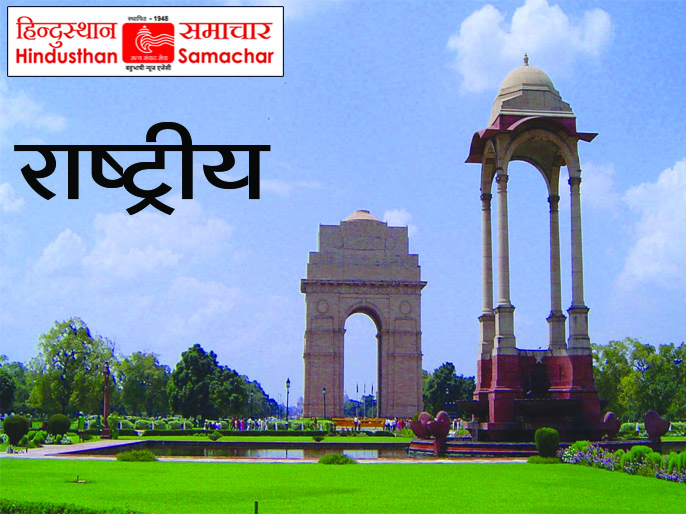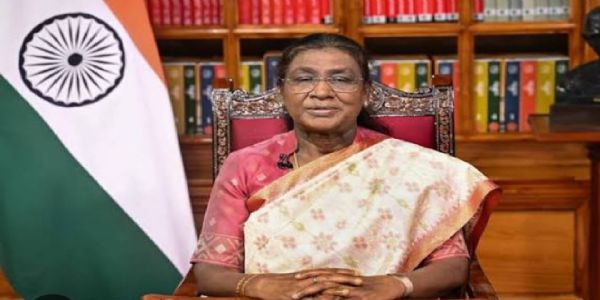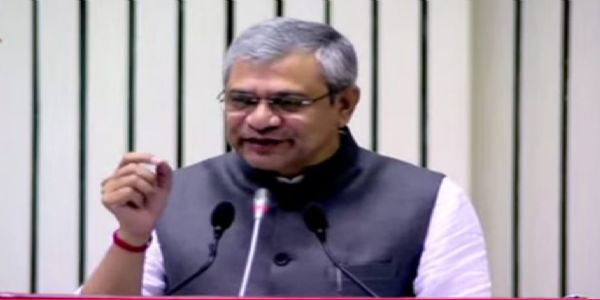
Delhi, 1 October (HS): The Cabinet Committee on Economic Affairs (CCEA) chaired by Prime Minister Narendra Modi on Wednesday approved the establishment of 57 new Kendriya Vidyalayas (KVs) across the country under the civil sector, with a financial outlay of ₹5,862.55 crore spread over nine years beginning 2026-27.For the first time, the newly sanctioned schools will include Balvatikas—three years of foundational stage (pre-primary)—in alignment with the National Education Policy (NEP) 2020, marking a significant expansion of the Kendriya Vidyalaya system as exemplar schools.
Financial and Administrative Details
The project comprises a capital expenditure of approximately ₹2,585.52 crore and an operational expenditure of around ₹3,277.03 crore. Each KV will accommodate about 1,520 students, benefiting an estimated 86,640 children overall. As per Kendriya Vidyalaya Sangathan (KVS) norms, every school will generate employment for 81 persons; thus, 4,617 permanent jobs will be created, in addition to numerous temporary opportunities due to construction and allied activities.
Wider National Coverage
The 57 new schools extend the pan-India footprint of KVs, covering 17 states and Union Territories. Of the approvals, seven have been sponsored by the Ministry of Home Affairs while 50 are supported by States and UTs. To address regional disparities, the approvals give priority to underserved areas. These include:
-20 KVs in districts with no existing Kendriya Vidyalaya despite the presence of many Central Government employees.
-14 KVs in Aspirational Districts identified for special focus under national development goals.4 KVs in Left Wing Extremism (LWE) affected districts.
-5 KVs in the North-Eastern Region and hilly areas, boosting access to quality education in challenging geographies.
Expanding Reach and Demand
Kendriya Vidyalayas have been among the most sought-after schools in India since their inception in 1962, providing uniform, high-quality education, primarily benefitting the wards of Central Government employees, including defence and paramilitary personnel. As of June 30, 2025, 1,288 KVs are functional, including three abroad in Moscow, Kathmandu, and Tehran, with a total enrolment of 13.62 lakh students.
The latest sanction follows the approval of 85 KVs in December 2024, reflecting growing demand and the government’s commitment to equitable educational expansion.
By ensuring coverage in aspirational districts, Tier-2/3 cities, and social priority areas, the decision strengthens inclusivity and reinforces the role of KVs as model institutions under Azadi Ka Amrit Mahotsav.
Strengthening NEP 2020 Vision
With 913 KVs already designated as PM Shri schools under NEP 2020, the new schools will serve as model institutions of 21st-century learning, known for quality teaching, innovation-driven pedagogy, and modern infrastructure. Year-on-year, Kendriya Vidyalayas have consistently delivered among the best results in CBSE examinations, underlining their role as benchmarks for public education.
The Cabinet decision, officials said, is both a response to rising admissions demand and a strategic step toward broadening the social, geographic, and economic reach of quality education across India.
Hindusthan Samachar / Jun Sarkar








